
CE Marking Requirements for Electronic Equipment
According to EU regulations, if a product falls under one or more CE Marking Directives and Regulations, importers and manufacturers must affix the CE marking to their products. CE marking requirements are a vital part of the market access and regulatory system, indicating that a product complies with the applicable EU directives and regulations (hereafter referred to as “CE Marking Directives and Regulations”).
These directives and regulations apply to various products sold and used in the EU market, such as electronic equipment, toys, and medical devices. Currently, there are more than 30 CE Marking Directives and Regulations, specifying technical, performance, environmental, or other requirements for manufacturers, importers, or other economic operators.
Key Requirements for CE Marking:
- Relevant harmonized standards and technical specifications
- Declaration of Conformity
- Technical documentation
- Risk assessment
- Labeling
- User instructions
- Test reports
- EU Type Examination Certificate (when a notified body is required)
Categories of CE Marking Directives and Regulations
1. Comprehensive Regulations: Cover almost all physical products, such as the Ecodesign for Sustainable Products Regulation (ESPR).
2. Specific Product Regulations: Address specific product categories with clear requirements.
3. Technical Characteristics Regulations: Do not list specific products but stipulate certain technical requirements, such as voltage ranges.
It is important to note that if a product does not meet the relevant CE Marking Directives and Regulations or is not covered by any EU legislation requiring CE marking, the CE mark must not be affixed to the product.
Series Overview
This series of articles will organize and explain CE Marking Directives and Regulations based on product classifications, summarizing the fundamental information needed for EU exports, including requirements and harmonized standards. This article is Part 1 of the series, introducing the CE marking requirements for electronic and electrical equipment.
1. Low Voltage Directive (LVD)
Scope
The LVD applies to products designed for:
- AC Rated Voltage: 50 to 1000V
- DC Rated Voltage: 75 to 1500V
Applicable products include lighting equipment, charging cables, household appliances (e.g., hair care tools, outdoor grilling equipment), etc.
Exemptions: Annex II of the directive lists exemptions, such as household plugs and sockets.
Key Requirements
The LVD requires that products are safe for users under general and normal usage conditions.
Applicable Harmonized Standards (Examples)
- EN 60335-2-2: Particular requirements for vacuum cleaners and water suction cleaning appliances
- EN 60432-2: Safety specifications for tungsten halogen lamps for domestic use
- EN ISO 11252: Basic requirements for laser documentation
- EN ISO 60825-2: Safety requirements for fiber optic communication systems
- EN 60998-1: General requirements for connectors in household low-voltage circuits
2. Electromagnetic Compatibility Directive (EMCD)
Objective
The EMCD aims to regulate the electromagnetic emissions of electronic products to ensure they do not interfere with the normal functioning of radio, telecommunications, or other equipment.
Scope
The EMCD applies to:
- Equipment/Devices: Products generating or affected by electromagnetic interference
- Fixed Installations: Combinations of equipment installed in a fixed location
Examples: Fire alarm systems, lighting equipment.
Exemptions: Products inherently free of risk, such as quartz watches, are not covered.
Applicable Harmonized Standards (Examples)
- EN 1155: Requirements for electrically powered hold-open devices
- EN 55014-1: EMC emission requirements for household appliances and tools
- EN 60669-2-1: Electronic switches for fixed electrical installations
3. Radio Equipment Directive (RED)
Scope
The RED applies to electronic devices that intentionally emit/receive radio waves, such as:
- WiFi devices, LTE/5G devices, Bluetooth devices, GPS devices
- Example products: laptops, smartwatches, routers
Exemptions: Annex I of the RED lists exempt products, such as amateur radio kits.
Conformity Assessment Procedures
- Using EU Harmonized Standards: Conformity assessment can be completed without the involvement of a notified body.
- Without Harmonized Standards: Products must undergo EU type examination or a full quality assurance system with the involvement of a notified body.
Applicable Harmonized Standards (Examples)
- EN 303 354: Residential TV broadcast receiver standards
- EN 302 077: Spectrum access standards for DAB broadcasting equipment
- EN 300 433: Citizens Band (CB) radio equipment standards
4. RoHS Directive
Directive on the Restriction of the Use of Certain Hazardous Substances in Electrical and Electronic Equipment
Objective: To protect human health and prevent environmental pollution.
Applicable Harmonized Standards (Examples)
- EN IEC 63000: Technical documentation requirements for hazardous substance assessment
5. Ecodesign Directive (2009/125/EC)
Objective
To improve the performance of “energy-related products,” reduce energy consumption, and protect the environment.
Scope
The directive covers household appliances, such as refrigerators, dishwashers, and ovens.
Applicable Harmonized Standards (Examples)
- EN 60436: Performance testing methods for dishwashers
- EN 30-2-1: Energy efficiency requirements for gas cooking appliances
- EN 14511-2: Test conditions for air conditioning equipment
- EN 62552: Test methods for household refrigeration appliances
On July 18, 2024, the Ecodesign for Sustainable Products Regulation (ESPR) will officially replace the Ecodesign Directive. The first set of specific measures under ESPR is scheduled for implementation in 2026.
Email:hello@jjrlab.com
Write your message here and send it to us
 EMC Standards for Medical Devices
EMC Standards for Medical Devices
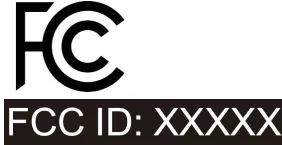 What is FCC Class A vs. Class B?
What is FCC Class A vs. Class B?
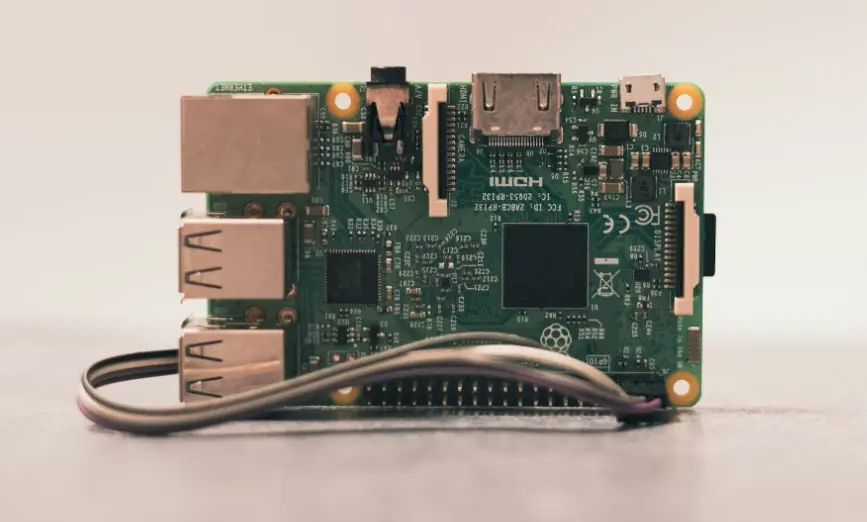 UL Standards for Electrical Equipment
UL Standards for Electrical Equipment
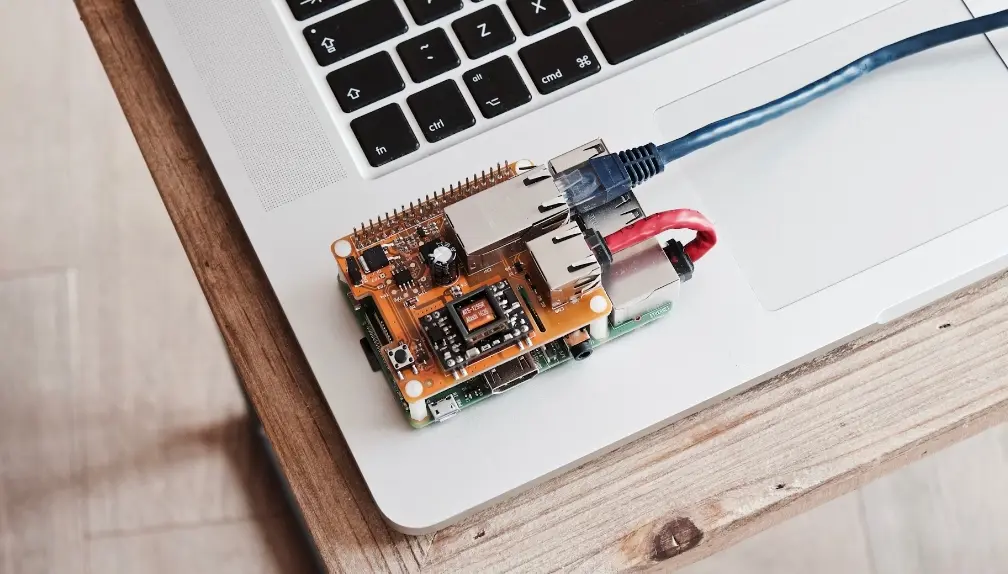 Is UL Certification Required in the USA?
Is UL Certification Required in the USA?
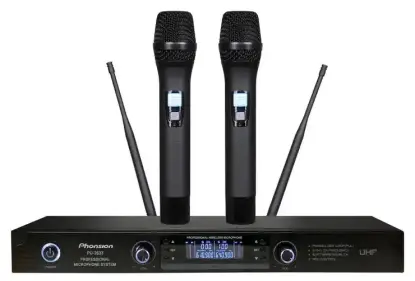 Wireless Microphone Export Certification
Wireless Microphone Export Certification
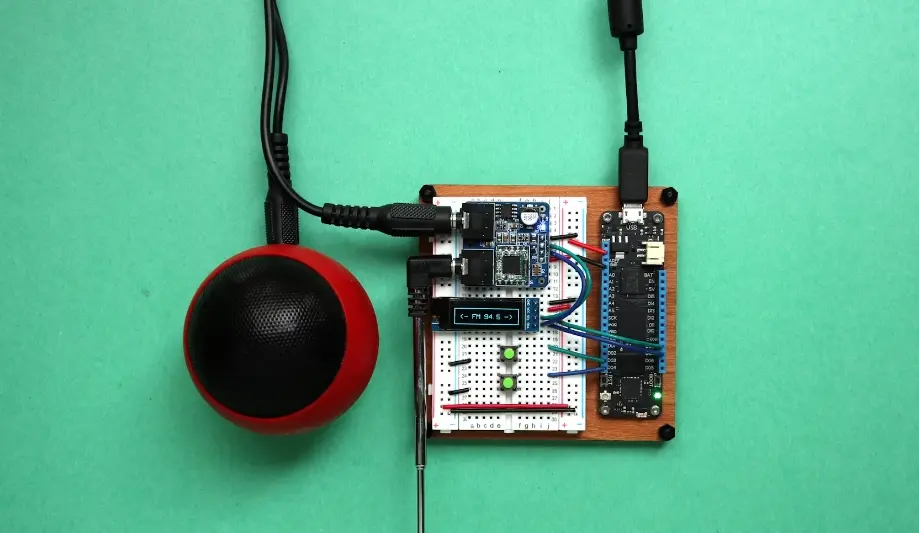 Audio-Visual Products SNI Certification in Indones
Audio-Visual Products SNI Certification in Indones
 FCC-ID: Still Needed if Module is Certified?
FCC-ID: Still Needed if Module is Certified?
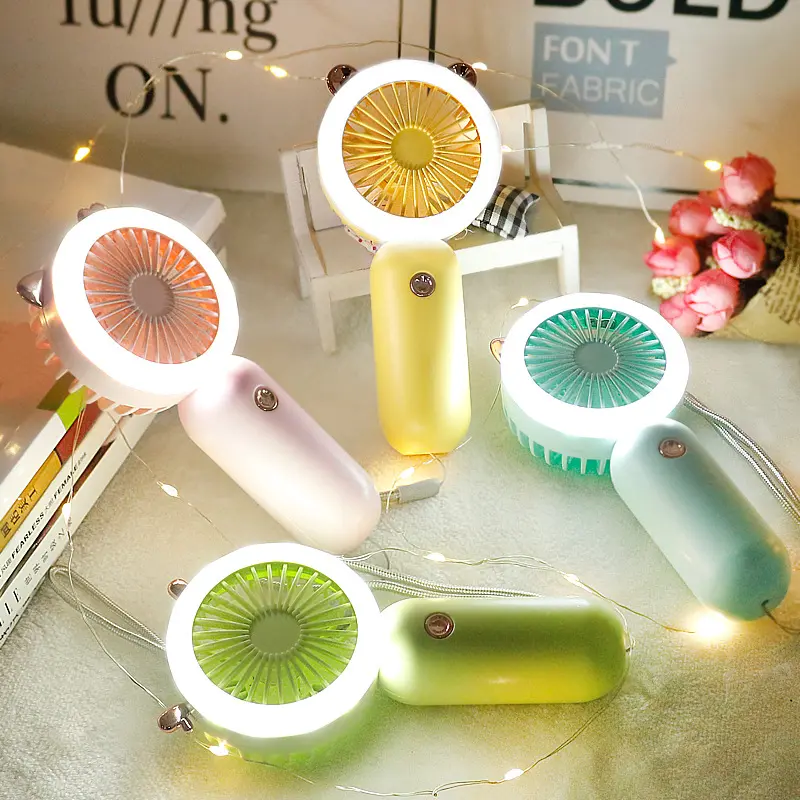 FCC Certification Fees for Handheld Fans
FCC Certification Fees for Handheld Fans
Leave us a message
24-hour online customer service at any time to respond, so that you worry!




